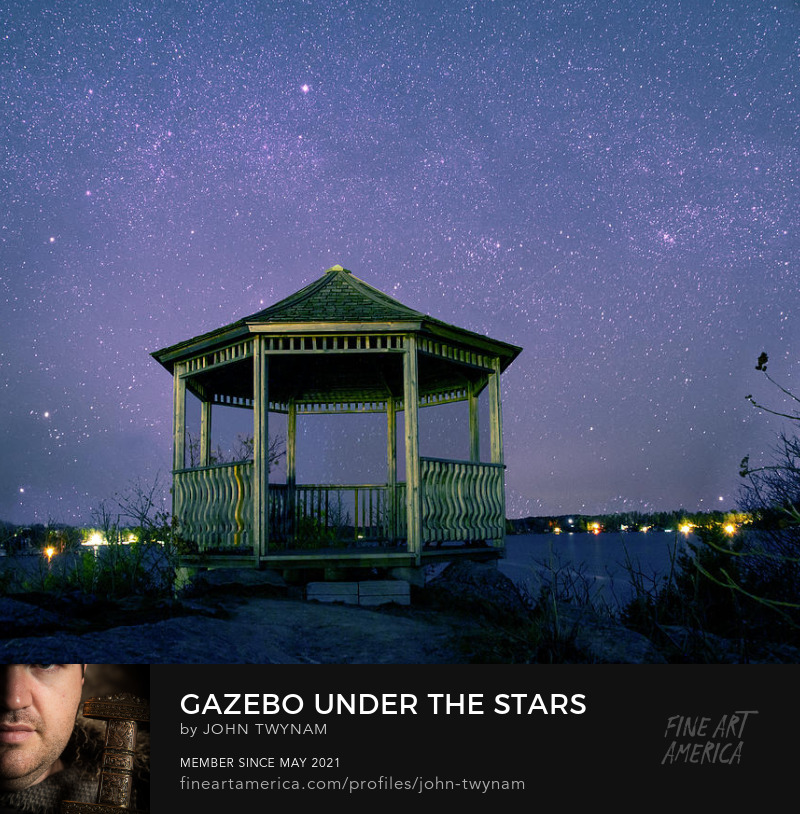This is as close as I've gotten to astrophotography. It's something that I'd like to get better at, but it's not the type of thing you can just walk out your door or drive down the street to do. Living in Toronto, the closest place I could find that's far enough out of the city to not be polluted by light is about two hours away.
I've read a bunch about DeepSkyStacker, and how you should have a variety of dark shots (i.e. taken at the same settings as you plan to actually shoot with, but with the lens cap on) as well as "normal" shots in order to help reduce noise. For this type of thing, unless you want LONG exposures, you'd need a wide open lens, like maybe f1.8. I only have one lens (it says it's an f3.5-6.3, but for whatever reason it never seems to want to go below f5.6), so that complicates things. Based on an exposure calculator site I found, a 2-minute exposure at f1.8, ISO 800 would require a 21-minute exposure at the same ISO but f5.6; with the recommendations I've read suggesting a minimum of 15 dark shots, that's over 5 hours worth of shooting before you even "shoot" anything. Or it suggests a 3-minute exposure at f5.6, but at ISO 6400. That may work with all the dark shots, since they're designed to reduce the noise, although I'm usually hesitant to raise the ISO that much.
Anyway, as Bob says, it's a lot different than land based photography. I've only been to a dark sky preserve once, so I haven't really had much of a chance to try out anything I've read about it yet. One day, though.
